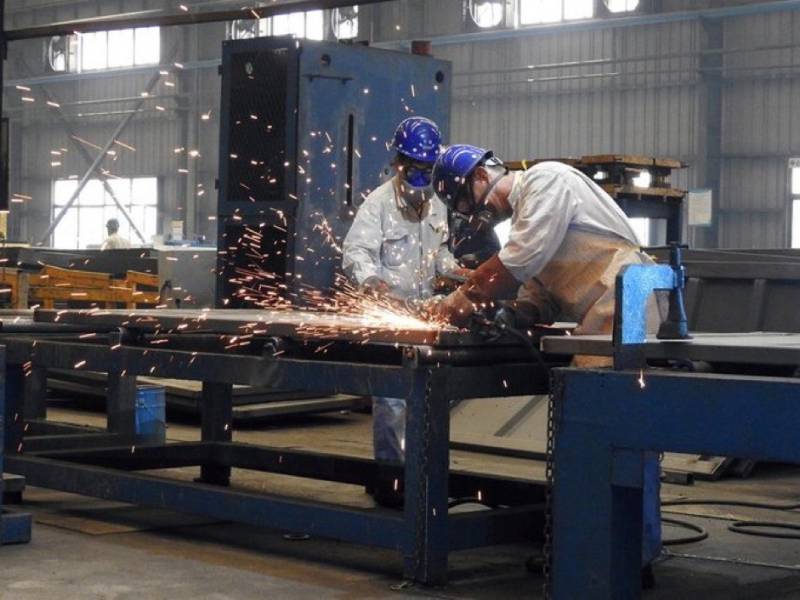In another economic blow, Pakistan's LSM sector shrunk massively
Shares

In a significant economic development, Pakistan's Large-Scale Manufacturing (LSM) sector saw a contraction of 3.7% in the first half of fiscal year 2022-23 (1HFY23), which is a stark contrast to the previous year's robust expansion of 7.7% over the same period.
This contraction highlights the multifaceted challenges faced by the sector, including tight monetary conditions, reduced spending on the Public Sector Development Programme, measures to limit imports, rising power and fuel costs, and decreased demand in both domestic and global markets.
During 1HFY23, a wide range of industries within the LSM sector were affected, with 18 out of 22 sectors experiencing contractions. This is significantly different from the same period last year when only six sectors were in decline, and an average of 12 sectors faced contractions during the corresponding period in the previous three years.
While the export-oriented sectors monitored by the LSM index helped stabilize the manufacturing industry during 1HFY23, when looking at these sectors individually, the extent of contraction worsened to 9.9%, compared to an expansion of 6.1% during the same period the previous year.
The overall decline in LSM was primarily driven by the textile industry, followed by the automobile, pharmaceutical, non-metallic mineral products, and coke and petroleum products sectors. Textiles and automobiles, being significant contributors to the LSM sector, contracted by 13.1% and 30.2%, respectively, during 1HFY23, in contrast to expansion rates of 3.5% and 68.2% over the same period the previous year.
The decline in pharmaceuticals, non-metallic minerals, and petroleum output also played a substantial role in the overall contraction. However, the wearing apparel and furniture industries continued to grow, partially mitigating the extent of the LSM decline, expanding by 46.6% and 105.5%, respectively, in 1HFY23.
The increase in tariffs and fuel prices imposed by the government led to a significant rise in input costs, as evidenced by the Wholesale Price Index (WPI), which surged from 21.5% in the same period the previous year to 34.1% in the period under review.
Furthermore, tight monetary conditions resulted in reduced demand for bank borrowing by the manufacturing sector, declining from Rs674 billion in 1HFY22 to Rs502.5 billion in 1HFY23. External factors also weighed heavily on Pakistan's LSM sector during 1HFY23. Insufficient foreign exchange inflows, mounting pressure on foreign exchange reserves, and exchange rate challenges led to temporary restrictions on importing raw materials, hindering manufacturing activities.
Kashif Anwar, President of the Lahore Chamber of Commerce and Industry (LCCI), expressed deep concern about the significant increase in production costs in recent months, citing high-interest rates, exchange rate vulnerability, and continuous price hikes as contributing factors.
He anticipated a further decline in exports due to these challenges and stressed the need for the government to engage with stakeholders and develop effective strategies to mitigate these costs in the current economic environment. Collaboration among various parties was emphasized to find solutions to these pressing issues.
